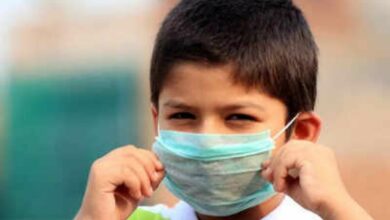Budget 2022 Announces 24×7 Free Tele Counselling For Mental Health

Budget 2022 proposes 24×7 free tele counselling for mental health
As India enters its third year of fighting the worldwide pandemic, the public health sector will strengthen basic, secondary, and tertiary health systems to respond effectively to future waves of illnesses.
The health sector budget estimate for 2022 is Rs 86,200.65 crore, up 16.59 per cent from the budget estimate for 2021-22.
The government has prioritised another essential aspect of the pandemic: mental health. The announcements made last year in the context of the pandemic’s strain on health services will be carried forward in this year’s Budget.
Finance Minister Nirmala Sitharaman made the important news in her recent Budget speech about the commencement of the Atmanirbhar Swasth Bharat Yojana scheme, now renamed Pradhan Mantri Ayushman Bharat Health Infrastructure Mission (PMABHIM), with a six-year budget of Rs 64,180 crore. This year, the government would give states Rs 4,176.84 crore to fund wellness centres, integrated public health labs, and critical care hospital blocks in districts with more than 5 lakh people.
The increase is massive: just Rs 595 crore was allotted under this scheme in the revised Budget estimates for 2021-22, compared to Rs 4,176.84 crore this year.
In reaction to Covid-19’s adverse effects on mental health and the resulting exponential development in mental health challenges among vulnerable population groups, the government announced the launch of the national tele-mental health initiative.
The finding comes amid rising scientific evidence of the negative effects of a coronavirus infection on mental health. Patients have reported worry and sadness during the epidemic and ‘Long Covid,’ in which recovered patients have brain fog and cannot think properly. Neurological problems are also present in the patients.
With NIMHANS as the nodal centre and IIIT-Bengaluru providing technical help, a network of 23 tele-mental health centres of excellence would be formed. The 23 centres, according to NIMHANS’ Dr Murthy, have specialised mental healthcare resources. They will assist states and UTs in setting up telehealth helplines and training counsellors to provide first-level psychological care.
The Budget’s third primary focus has been on digital health. Sitharaman announced the launch of an open platform for the national health ecosystem in her Budget speech. The digital ecosystem would have a list of digital registers for health providers and facilities, a unique health identity, a consent framework, and universal access to health services, she said.
The national digital health programme has been awarded a budget of Rs 200 crore, an increase from Rs 30 crore in the last Budget.
At the same time, the Ayushman Bharat-Pradhan Mantri Jan Arogya Yojana, a crucial flagship initiative, has a budget allocation of Rs 6,412 crore, which is approximately the same as the allocation in the Budget estimates for 2021-22.
For central sector initiatives and projects, the government has set aside Rs 15,163.22 crore, a 43.5 per cent increase over budget forecasts for 2021-22. The Pradhan Mantri Swasthya Suraksha Yojana has been boosted, with Rs 10,000 crore allocated, a 35 per cent increase over budget projections for 2021.
The Department of Health Research, which was instrumental in creating vaccines in India, has received a budget of Rs 3,200 crore. However, compared to the updated 2021-22 predictions, this is merely a 4-per cent rise.
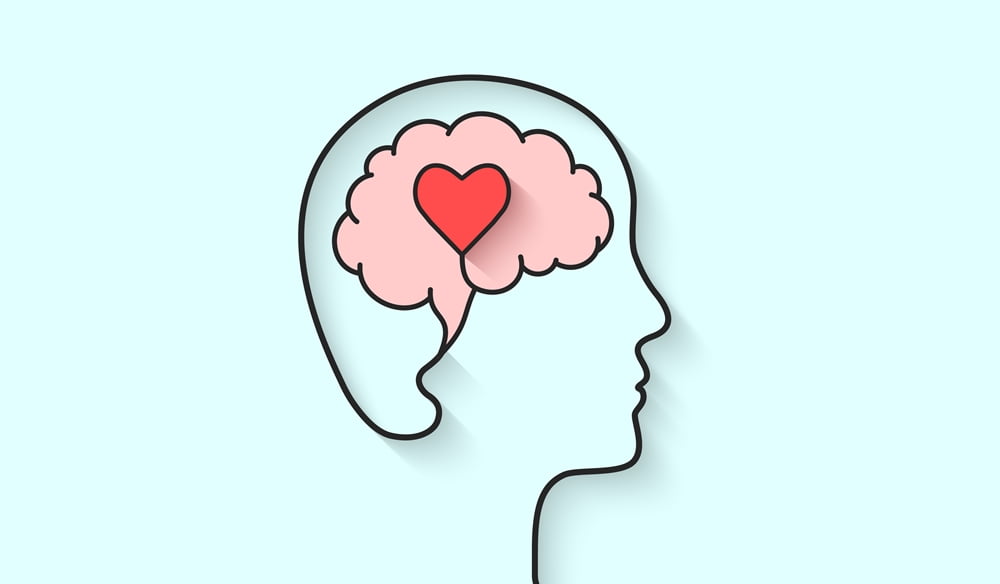
Experts welcomed the focus on mental health
Dr Pratima Murthy, director of the National Institute of Mental Health and Neurosciences, appreciated the national tele-mental health programme, noting that while 10.4% of the population has a diagnosable mental health condition, this does not mean that everyone needs to be seen in a hospital. “This programme will be beneficial in identifying mild kinds of mental illness that may not require medication or patient care,” she told The Indian Express.
According to a 2019 ICMR survey, one out of every seven Indians suffers from mental illnesses of various severity. “We are amid a mental health pandemic,” noted psychiatrist Dr Harish Shetty. Setting up a tele-mental health helpline is a minor step, but we hope you will grow in importance. This, however, is insufficient. We need to put as much effort into mental health as the Center and states have put into eliminating Covid-19.”
COVID-19 and mental health in India
Our mental health includes our emotional, psychological, and social well-being. It has an impact on how we think, feel, and act. It impacts how we deal with stress, social interactions, and decision-making. Mental health is essential at any age, including childhood, adolescence, and adulthood.
If you have mental health issues, you may experience changes in your thinking, mood, and behaviour throughout your life. Mental illness is caused by a variety of factors, including:
- Biological variables, such as genes or brain chemistry
- Life experiences, such as trauma or abuse
- Family history of mental illness
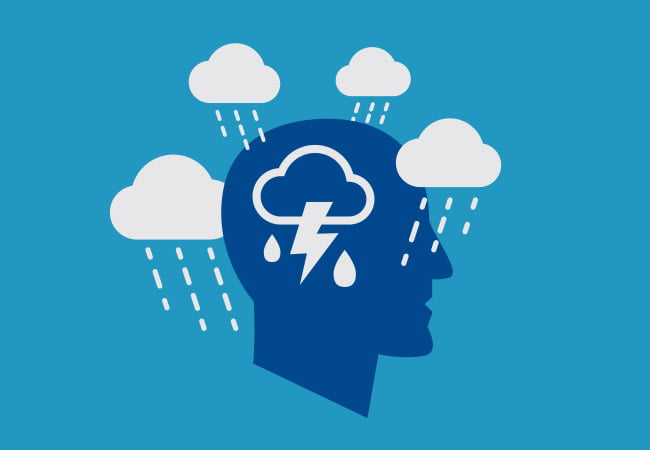
Early Warning Signs
Are you unsure if you or someone you know suffers from mental illness? One or more of the feelings or behaviours listed below can be an early warning indication of a problem:
- Having low or no energy
- Feeling numb or as if nothing matters
- Having unexplained aches and pains
- Feeling helpless or hopeless
- More than regular smoking, drinking, or drug use
- Experiencing unusual levels of confusion, forgetfulness, agitation, anger, anxiety, worry, or fear
- Experiencing significant mood swings that cause relationship problems yelling or fighting with relatives and friends. You can’t get out of your head if you have persistent thoughts and memories.
- Hearing voices or believing false information
- Considering harming yourself or others
- Unable to accomplish daily duties like as caring for your children or getting to work or school
Mental Health and Wellness
Positive mental health allows people to:
- Realise their full potential
- Cope with the stresses of life
- Work productively
- Make meaningful contributions to their communities
Ways to maintain positive mental health include:
- Getting professional help if you need it
- Connecting with others
- Staying positive
- Getting physically active
- Helping others
- Getting enough sleep
- Developing coping skills

COVID-19 will have a two-phase effect on mental health
The influence of the pandemic on mental health can be divided into two phases:
The first is the acute phase, which corresponded to the lockdown—the period during which the pandemic swept the country.
The second phase will develop in the coming months when the virus begins to be confined, but the pandemic’s economic consequences begin to bite harder.
People are currently scared of acquiring the virus, dying, or losing loved ones. People are afraid of the virus, dying, or their loved ones catching the disease right now, as the disease is in its acute phase. They’re also scared of being quarantined, of keeping physical distance, of being isolated, and of disobeying the regulations, which are constantly changing.
These fears merely add to their already overwhelming concerns about their future for millions of people. These aren’t abstract concerns; they’re real, day-to-day concerns. When all of these things are taken into consideration, as well as the rise in domestic violence, the interruption of public transit, the lack of access to regular health treatments, and the scarcity of medical supplies, it seems virtually inevitable that people will be upset during this time.
There is already evidence to substantiate this dissatisfaction. The general public has high rates of despair and anxiety, according to internet-based surveys done between March and May 2020. For example, according to the ‘FEEL-COVID’ survey, which polled 1,106 people in 64 cities in February and March 2020, a third of respondents experienced considerable ‘psychological effect’ due to COVID-19. According to several other studies, such effects are linked to preoccupations with or fears of catching the virus, melancholy, sleeping problems, irritability, and loneliness.
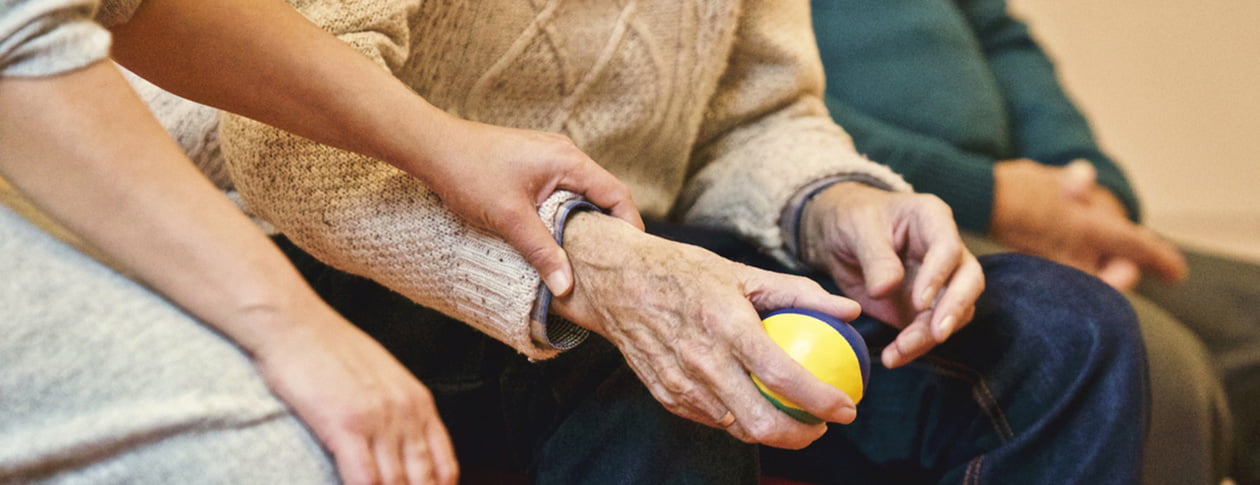
Different populations are being affected by the pandemic in different ways
- Women: According to studies, many women suffer from anxiety and depression during the lockdown, related to increased family chores and domestic violence.
- Children: Following interviews with 1,102 parents and primary caregivers, it was discovered that more than half of the children had suffered agitation and anxiety due to the lockdown. According to accounts in the media, people may be worried about the virus, concerned about access to online lessons, and stressed and irritable because they cannot go out. Many people have experienced domestic abuse or have been victims of cyberbullying.
- Young people: According to one study, 65 per cent of over 6,000 youngsters aged 18 to 32 felt lonely during the lockdown, and 37 per cent said their mental health had been “severely harmed.” This is unsurprising given that 27 million young people lost their jobs in April 2020 alone, and 320 million students were affected by educational institution closures and test postponements.
- Migrant workers and daily wage labourers: Although no research exclusively on migrant workers has been conducted, millions of people who have lost their jobs and made frantic attempts to return to their rural homes have shown panic reactions. Daily wage workers have also been struck; a survey of 1,200 vehicle drivers revealed that 75% were concerned about their jobs and money.
- Medical professionals and frontline workers: According to a survey of 152 doctors, a third of them are depressed or anxious due to the pandemic. Overworked frontline staff are allegedly concerned about acquiring the infection.
- Sexual minorities: A research of 282 persons found that sexual minorities have higher anxiety, and policymakers should create sensitive and inclusive health decisions for marginalised communities.
- Persons with pre-existing mental health disorders: The fears stated earlier have been overpowering for people with pre-existing mental health conditions. Individuals’ problems may have increased due to the interruption of mental health services and the difficulties of travel, which led to some lowering their prescription doses.
- People with substance use disorders: Many persons with alcohol and substance use disorders have experienced withdrawal symptoms such as delirium and seizures due to the unexpected closure of all liquor stores in the country and the cutting off of drug supplies. Many alcohol “addicts” who were troubled by their cravings used deadly drugs as alternatives, such as hand sanitisers, and died or committed suicide.
It’s worth noting that the surveys were not representative, as they mostly surveyed English-speaking, urban individuals with internet access. Nonetheless, the reported rates of anxiety and depression are consistently high—up to 20% higher than previously reported figures.
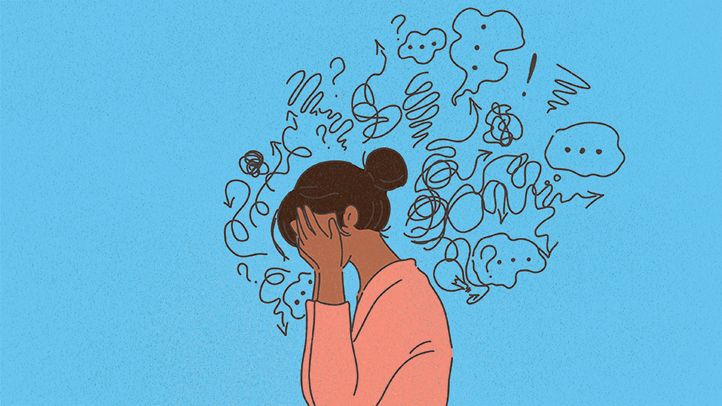
About 56 million Indians suffer from depression: Mental Health Epidemic
In India, mental health issues are largely taboo. In 2017, mental diseases were the second greatest cause of years spent disabled in the world. Never before has the world placed such a high value on mental health as it does now. Fortunately, the issue has prompted some national and international organisations to consider making mental health policies a priority and incorporating them into the Sustainable Development Goals (SDGs). Depression afflicted 56 million Indians.
According to the World Health Organization, India’s mental health workforce is critically understaffed. Compared to the number of individuals suffering from mental illnesses, there is a severe shortage of psychiatrists and psychologists. According to the figures from the international organisation, there are just three psychiatrists and psychologists per 1,000 persons. The number of people with mental problems in the country is expected to reach 20% due to the pandemic and its influencing variables.
Approximately 56 million Indians suffer from depression, with another 38 million suffering from some form of worry. India has one of the world’s highest rates of mental illness. According to the National Mental Health Survey of 2016, over 14% of India’s population needs active mental health interventions. Every year, over 200,000 Indians commit suicide. When one considers the number of suicide attempts, the figures become even more staggering.
President Ramnath Kovind raised mental health concerns as a serious concern during his speech to the World Congress for Mental Health. India has risen to become the world’s fifth-largest economy due to fast modernisation, urbanisation, and economic growth. However, statistics suggest that a significant portion of the Indian population suffers from mental illness. One out of every seven Indians suffers from depression or anxiety.
Between the early 2000s and the end of the previous decade, the numbers are estimated to have doubled. Southern and Eastern States Face a Greater Mental Health Burden The Lancet published a study that looked at the mental health burden by state. Nearly 45 million individuals were affected by mental illness, and most Indian states that housed a substantial portion of the population scored poorly on the index.
For example, Maharashtra and some northeastern states have a higher rate of mental health problems among their inhabitants than the country’s central and northern states. According to the survey, the states with the highest prevalence of anxiety disorders include Kerala, Karnataka, Telangana, Tamil Nadu, Himachal Pradesh, Maharashtra, Andhra Pradesh, Manipur, and West Bengal. According to gender research, more women than males suffer from mental health concerns. Bullying and victimisation caused anxiety problems in about 3.8 per cent of males and 3% of women. Unfortunately, 5% of men and 8.3% of women were vulnerable due to childhood sexual abuse.
According to Statista, 14 per cent of Indians regularly suffer from various mental health conditions. According to studies, as much as 10.8% of youngsters in states like Uttar Pradesh, Madhya Pradesh, Bihar, and Assam have delayed brain development. People are more aware of their physical well-being than ever before. However, mental health maintenance is frequently overlooked.
Developmental disorders affect the younger population, while depression and anxiety affect the older population. According to the WHO, India’s economic loss due to mental illness will reach $1.03 trillion between 2012 and 2030. Ironically, keeping excellent overall health is still a luxury in a country like India!
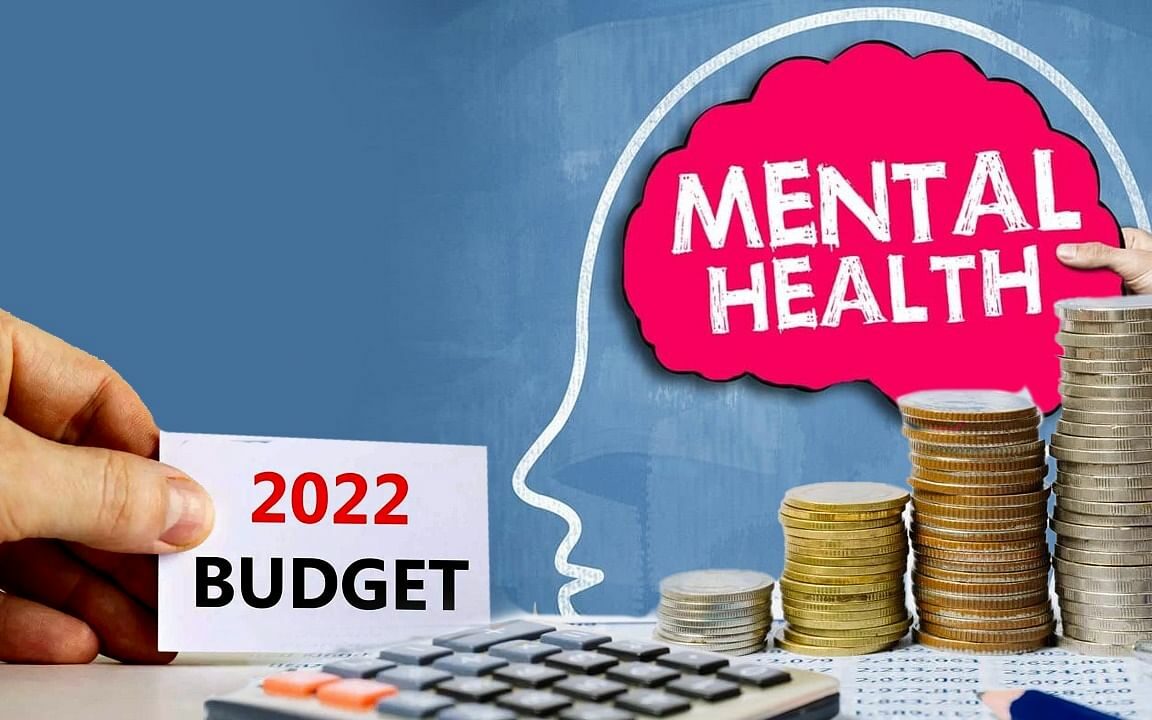
What Does the ‘National Telemental Health Program’ Mean in Budget 2022-23, And How Will It Help Those Fighting Mental Illness?
Today, India’s Finance Minister, Nirmala Sitharaman, delivered the Union Budget for 2022-23. The FM acknowledged mental health’s importance, necessity, and urgency in her budget. The minister described the pandemic’s impact on individuals. “The epidemic has exacerbated mental health concerns, and people of all ages need improved access to professional mental health counselling,” she said, adding that the first step in the system will be the creation of a national TV mental health show. A National Telemental Health Program will be created for mental health counselling.”
The key takeaway for the health sector:
- The national digital health ecosystem will be built on an open platform.
- It will include digital health provider and facility registries, a unique health identity, and universal access to health facilities.
- In terms of health, 95% of the 112 aspirational districts have made substantial progress. infra
- A National Telemental Health Program will be developed for mental health counselling.
“Mental Health being of greatest importance at this juncture post-Covid Pandemic, the Tele-Mental Health Program with 23 centres as per the Union Budget will prove to be a great path-breaking initiative for our country,” said Nakshi Satra, creator of Inha Wellness. To avoid the same happening again shortly, a lot of emotional wellness is required and a lot of suffering to heal!
1. Tele-call programmes can become the most accessible means of communication for individuals, signalling the start of a revolution from the inside out.
2. Telephonic counselling is just as beneficial as in-person counselling for most mental health issues.
3. These services can be accessed from anywhere in the country without travel or waiting time. This would provide prompt attention and solutions.
4. Our country will be able to mainstream obtaining mental health help due to this endeavour.
5. This will also assist the younger and older generations adapt to a holistic way of life.
“Tech support for the tele-mental health programme will become the fastest and scalable way for reach and impact, as the need for mental health will tax the wellness business very soon,” Satra says.
Piali Dasgupta, Senior Vice President of Marketing at Colombia Pacific Communities, believes this is a watershed moment for someone who has battled treatment-resistant severe depression and anxiety for over 23 years.
“To be honest, I wish we didn’t need a pandemic to realise how prevalent the mental health crisis is in our country and, as a result, how critical it is to strengthen the mental health support system. I’d like to congratulate Ms Nirmala Sitharaman on her announcement of the National Tele Mental Health Program for Budget 2022-23, which will provide mental health care to thousands of people and will include 23 tele mental health centres of excellence, with NIMHANS (National Institute of Mental Health and Neurosciences) serving as the nodal centre and IIM-Bangalore serving as a supporter.”
“Over 14% of India’s population suffers from at least one sort of mental disease,” she continued. Despite this, according to records, India allocates.05 per cent of its yearly healthcare spending on mental health. In India, there is a severe shortage of qualified mental health specialists. Millions of people who have been left untreated and undiagnosed will be able to get mental health help due to this change. A bold move like this will, to a considerable measure, eliminate the stigma and shame associated with mental illness in this nation, encouraging more individuals to seek assistance without feeling ashamed or guilty.”
Edited and published by Ashlyn Joy




